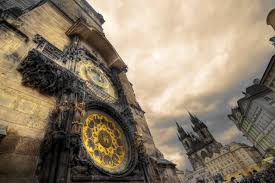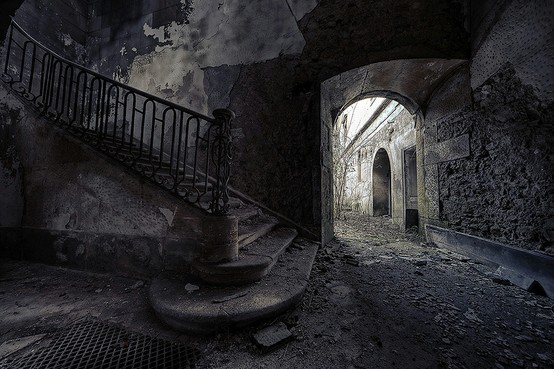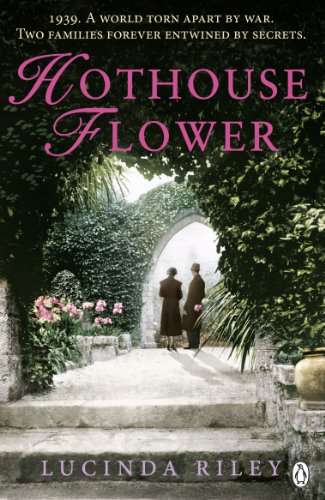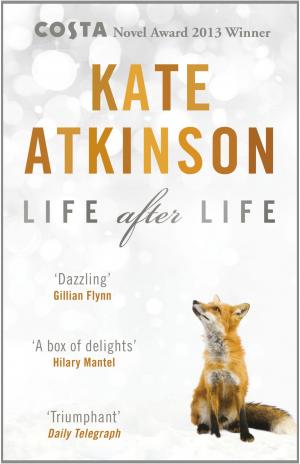
Prague Astronomical Clock Tower
This might seem like a rather existentialist title, especially as in one sense we a brought to look at the past every time we read a newspaper or trawl online for yesterday’s sports scores.
But in this article on a new theory of time, Jonathan O Callaghan says that ‘When you ask people, “Tell me about the passage of time,” they usually make a metaphor,’ he said. ‘They say time flows like a river, or we move through time like a ship sailing through the sea.’ We often hear the phrase, ‘Time’s Arrow’, or some other image which produces in us the idea of time as a linear ordered entity.
But all novelists, espcially those who write historical fiction, know this to be untrue. Our books weave timescales in the way that best tells the story. We are not subject to that linear construction where time cannot be malleable, and everything must be in a fixed order.
In the new theory of Time, scientist Dr Bradford Skow maintains that the idea of time flowing like a river is not correct, and that space-time is what he calls a ‘block universe’ – one where past, present and future all co-exist. ‘The histories of the universe,’ says Stephen Hawking, (Huffington Post) ‘depend on what is being measured, contrary to the usual idea that the universe has an objective observer-independent history.’ So, all history is an illusion. As a novelists I have long suspected this to be true, but nonetheless we storytellers are the ones whose histories live longest in the minds of humanity.
It is necessary to understand that the dead are real, and have power over the living. It is helpful to have encountered the dead firsthand, in the form of ghosts.
says Hilary Mantel in her excellent in-depth article in The New Yorker

Well, I can’t say I have ever encountered a ghost, but I feel the ghost-like presence of my characters – the ones in the finished novels, and the ones in my current work-in-progress, the characters who are still lurking as half-formed presences, calling to be made concrete on paper. And historical personages loom large because they have the accretions of previous storytellers, wearing their own stories like armour. It can be hard to penetrate to the real breathing person beneath. I admire anyone who decides to write about Anne Boleyn or Richard III. Their publisher and agent might leap for glee, but the novelist will have to work hard to crack through the carapace. Still, it is this that fascinates – the power to bring the dead back to life, to make them living, breathing ghosts in the mind of the reader. For the time you are reading, that person, long-since dead, is in the room with you, but when you look up from the page there is nobody there.
In Skow’s ‘block universe’, our ghosts can appear at any point on the space-time continuum.
On the flexibilty of time, Robert Lanza M.D. says:
Choices you haven’t made yet might determine which of your childhood friends are still alive, or whether your dog got hit by a car yesterday. In fact, you might even collapse realities that determine whether Noah’s Ark sank. “The universe,” said John Haldane, “is not only queerer than we suppose, but queerer than we can suppose.”

 This view of time as infinitely flexible gives us great opportunities in fiction – particularly in historical fiction. Apart from time-travelling, such as in dual time narratives such as The Hothouse Flower by Lucinda Riley, (1930’s and present day), and my own novel Past Encounters, (1940’s and 1950’s) there is also the oppurtunity to bend time even more, as in Kate Atinson’s Life after Life. This is something I’d like to do much more, to play with cause and effect, effect and cause, and how, as in Robert Lanza’s view, they can be mutually arising.
This view of time as infinitely flexible gives us great opportunities in fiction – particularly in historical fiction. Apart from time-travelling, such as in dual time narratives such as The Hothouse Flower by Lucinda Riley, (1930’s and present day), and my own novel Past Encounters, (1940’s and 1950’s) there is also the oppurtunity to bend time even more, as in Kate Atinson’s Life after Life. This is something I’d like to do much more, to play with cause and effect, effect and cause, and how, as in Robert Lanza’s view, they can be mutually arising.
The past does not exist. This is a virtue only historical fiction can give us, the ability to juxtapose two narratives from different time periods, and try to understand how, at some deeper level, they are sewn seamlessly together.
Picures from wiki-commons
